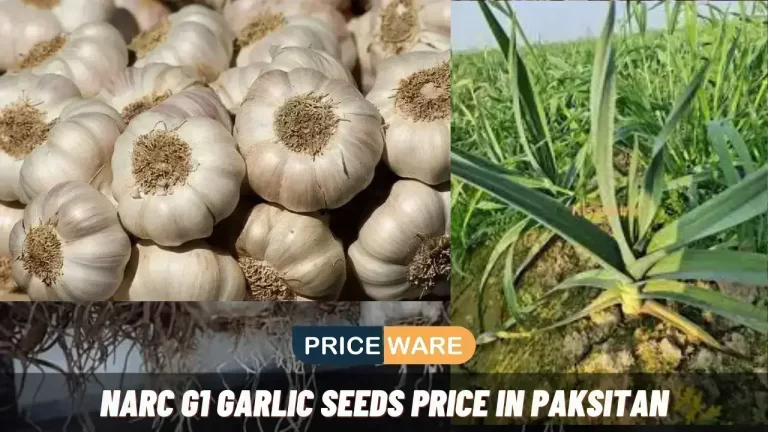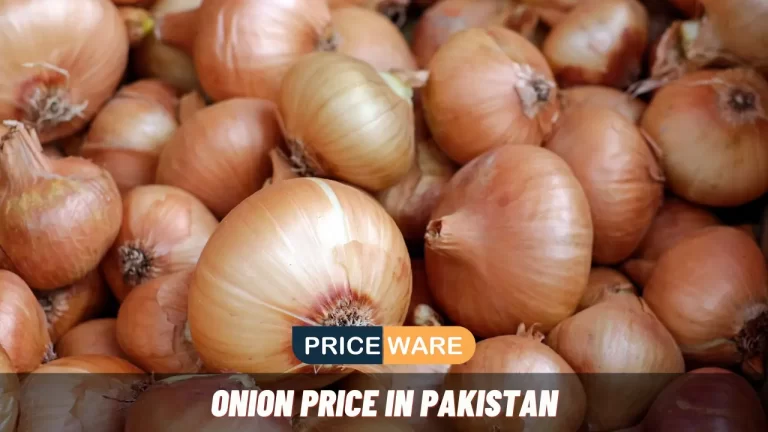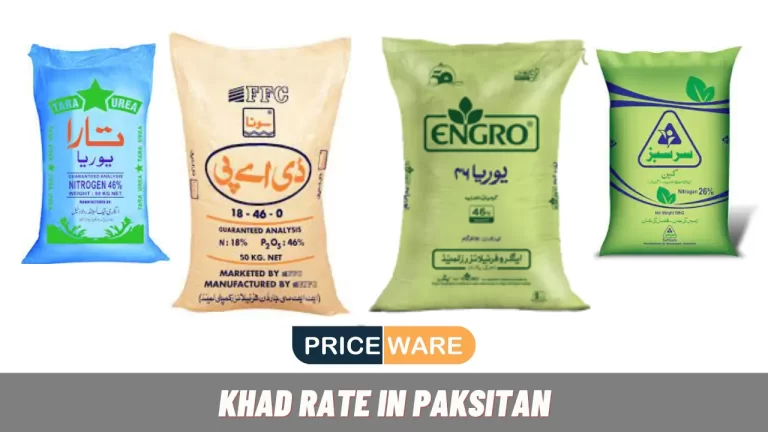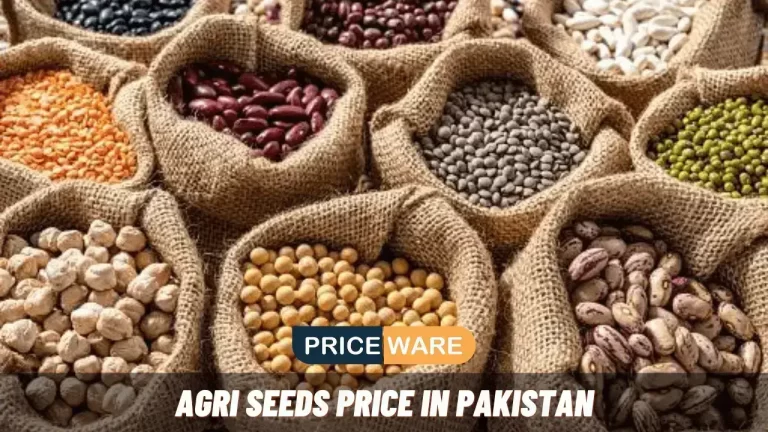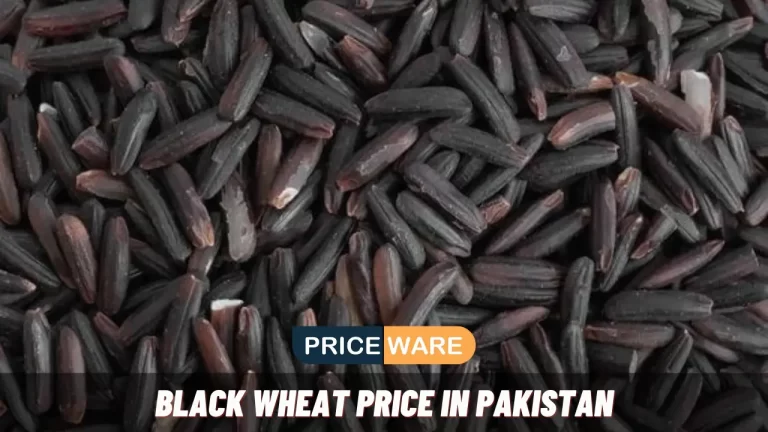Cotton Price in Pakistan 2024 | Phutti Rate Today
Have you ever wondered about the fluctuating cotton price in Pakistan? Cotton is both a major cash crop for Pakistan and an integral component of its textile industry, playing an essential role in shaping both farmer’s economic prospects and the overall competitiveness of Pakistan’s textile sector. In this article we’ll take an in-depth look into its dynamics: factors affecting fluctuations and implications for all parties involved in its pricing dynamics in Pakistan.

Cotton Prices in Pakistan
According to 2024 figures, the current cost of cotton in Pakistan ranges between Rs. 10,400 and 8,000 per kilogram depending on market conditions and can fluctuate due to factors like demand, supply, quality, and external influences. To stay informed on daily cotton rates in Pakistan it is advised to rely on reliable sources that offer real-time information.
Cotton Price in Punjab:
| District / City | Cotton Minimum Price | Cotton Maximum Price |
|---|---|---|
| Dera Ghazi Khan | 8,600 PKR | 9,900 PKR |
| Dunga Bunga | 8,800 PKR | 10,200 PKR |
| Sahiwal | 8,800 PKR | 9,700 PKR |
| Haroonabad | 9,000 PKR | 10,200 PKR |
| Mailsi | 8,800 PKR | 9,850 PKR |
| Khanewal | 8,700 PKR | 9,950 PKR |
| Khanpur | 8,700 PKR | 10,100 PKR |
| Yazman Mandi | 8,800 PKR | 10,000 PKR |
| Maroot | 8,800 PKR | 9,970 PKR |
| Shujabad | 8,800 PKR | 9,850 PKR |
| Fateh Pur | 8,500 PKR | 9,800 PKR |
| Sadiqabad | 8,800 PKR | 9,950 PKR |
| Mian Channu | 8,900 PKR | 9,600 PKR |
| Rajanpur | 8,500 PKR | 9,900 PKR |
| MianWali | 8,700 PKR | 9,800 PKR |
| Ahmad Pur East | 8,500 PKR | 9,850 PKR |
| Minchinabad | 8,700 PKR | 9,950 PKR |
| Vehari | 8,900 PKR | 10,000 PKR |
| Fort Abbas | 9,100 PKR | 10,000 PKR |
| Chishtian | 8,800 PKR | 10,400 PKR |
| Lodhran | 8,700 PKR | 10,400 PKR |
| Taunsa | 8,700 PKR | 9,650 PKR |
| Chowk Munda | 8,700 PKR | 9,750 PKR |
| Okara | 8,600 PKR | 9,500 PKR |
| Arif Wala | 8,700 PKR | 9,300 PKR |
| Sadiqabad | 8,800 PKR | 9,950 PKR |
| Mailsi | 8,800 PKR | 9,850 PKR |
| Jampur | 8,500 PKR | 9,800 PKR |
| Layyah | 8,800 PKR | 9,800 PKR |
| Toba Tek Singh | 8,600 PKR | 9,900 PKR |
| Chowk Munda | 8,700 PKR | 9,750 PKR |
| Pattoki | 8,500 PKR | 9,700 PKR |
| Bahawalpur | 8,500 PKR | 9,600 PKR |
| Burewala | 8,600 PKR | 9,700 PKR |
| Chichawatni | 8,800 PKR | 9,800 PKR |
| Hasilpur | 9,000 PKR | 10,300 PKR |
| Lahore | 8,620 PKR | 9,670 PKR |
| Faisalabad | 8,590 PKR | 9,690 PKR |
| Rawalpindi | 8,670 PKR | 9,700 PKR |
| Sargodha | 8,600 PKR | 9,690 PKR |
| Multan | 8,600 PKR | 9,620 PKR |
| Islamabad | 8,950 PKR | 10,000 PKR |
| Sialkot | 8,480 PKR | 9,640 PKR |
| Gujranwala | 8,480 PKR | 9,640 PKR |
| Gujrat | 8,480 PKR | 9,640 PKR |
| Sialkot | 8,480 PKR | 9,640 PKR |
| Karachi | 8,480 PKR | 9,640 PKR |
| Faisalabad | 8,590 PKR | 9,690 PKR |
| Sargodha | 8,600 PKR | 9,690 PKR |
| Multan | 8,600 PKR | 9,620 PKR |
| Islamabad | 8,950 PKR | 10,000 PKR |
| Sialkot | 8,480 PKR | 9,640 PKR |
| Gujranwala | 8,480 PKR | 9,640 PKR |
| Gujrat | 8,480 PKR | 9,640 PKR |
| Jhelum | 8,480 PKR | 9,640 PKR |
| Quetta | 8,480 PKR | 9,640 PKR |
| Hyderabad | 8,480 PKR | 9,640 PKR |
| Sukkur | 8,480 PKR | 9,640 PKR |
| Larkana | 8,480 PKR | 9,640 PKR |
| Jacobabad | 8,480 PKR | 9,640 PKR |
| Nawabshah | 8,480 PKR | 9,640 PKR |
| Mirpur Khas | 8,480 PKR | 9,640 PKR |
| Rahim Yar Khan | 8,480 PKR | 9,640 PKR |
| Dera Murad Jamali | 8,480 PKR | 9,640 PKR |
| Muzaffarabad | 8,480 PKR | 9,640 PKR |
| Gilgit | 8,480 PKR | 9,640 PKR |
| Muzaffargarh | 8,480 PKR | 9,640 PK |
Kapas Price in Sindh:
| District / City | Cotton Minimum Price | Cotton Maximum Price |
|---|---|---|
| Badin | 7,000 PKR | 8,600 PKR |
| Bandhi | 7,000 PKR | 8,600 PKR |
| Bucheri | 7,000 PKR | 8,500 PKR |
| Chuhar Jamali | 7,000 PKR | 8,600 PKR |
| Dado | 7,000 PKR | 9,000 PKR |
| Dharki | 7,600 PKR | 9,000 PKR |
| Digri | 7,400 PKR | 8,500 PKR |
| Gharo | 7,500 PKR | 8,600 PKR |
| Ghotki | 7,600 PKR | 8,800 PKR |
| Hyderabad | 7,000 PKR | 8,700 PKR |
| Jhudo | 7,400 PKR | 8,500 PKR |
| Jhund | 7,900 PKR | 8,600 PKR |
| Karachi | 7,100 PKR | 8,700 PKR |
| Khipro | 8,000 PKR | 9,000 PKR |
| Kunri | 7,400 PKR | 8,600 PKR |
| Khairpur | 7,500 PKR | 8,700 PKR |
| Khan Pur Mehar | 7,600 PKR | 8,800 PKR |
| Matiari | 6,900 PKR | 8,500 PKR |
| Mirpur Khas | 7,100 PKR | 8,800 PKR |
| Nawabshah | 7,400 PKR | 8,500 PKR |
| Naushro Feroz | 7,900 PKR | 8,800 PKR |
| Qazi Ahmad | 7,200 PKR | 8,800 PKR |
| Sukkur | 7,500 PKR | 8,700 PKR |
| Sanghar | 7,200 PKR | 8,500 PKR |
| ShahdadPur | 7,200 PKR | 8,500 PKR |
| Shahpur Chakar | 7,400 PKR | 8,500 PKR |
| Tando Adam Khan | 7,200 PKR | 8,500 PKR |
| Tando Allahyar | 7,100 PKR | 8,600 PKR |
| Umarkot | 7,000 PKR | 9,000 PKR |
Phutti Price in Balochistan:
| District / City | Cotton Minimum Price | Cotton Maximum Price |
|---|---|---|
| Barkhan | 8,800 PKR | 9,900 PKR |
| Dera Bugti | 8,900 PKR | 9,700 PKR |
| Dureji | 8,900 PKR | 9,900 PKR |
| Hub | 8,800 PKR | 9,600 PKR |
| Kharan | 8,700 PKR | 9,700 PKR |
| Khuzdar | 8,900 PKR | 9,900 PKR |
| Kalat | 8,700 PKR | 9,500 PKR |
| Lakhra | 8,500 PKR | 9,800 PKR |
| Lasbella | 8,900 PKR | 9,900 PKR |
| Panjgur | 8,800 PKR | 9,700 PKR |
| Rakni | 8,800 PKR | 9,900 PKR |
| Sibi | 8,900 PKR | 9,700 PKR |
| Sakran | 8,600 PKR | 9,800 PKR |
| Turbat | 8,500 PKR | 9,700 PKR |
| Uthal | 8,700 PKR | 9,800 PKR |
| Winder | 8,600 PKR | 9,700 PKR |
| Zehri | 8,500 PKR | 9,750 PKR |
Read Related Articles:
Factors Affecting Cotton Price in Pakistan
Demand and Supply Dynamics:
The demand and supply dynamics of cotton play a pivotal role in determining its price in Pakistan. Factors such as domestic consumption, exports, and international market trends significantly impact the demand for cotton. Supply and demand imbalances may lead to price fluctuations. Unfavorable weather conditions, pest attacks, and other production-related issues can also disrupt the supply chain and affect cotton prices.
International Market Trends:
Pakistan’s cotton industry is closely linked to the global market, and international trends have a considerable influence on local prices. Fluctuations in global cotton prices, changes to trade policies, and the demand/supply ratio in major cotton-producing countries may have an impact on Pakistan’s cost of cotton production. The interplay between global market dynamics and domestic factors creates a complex environment for cotton price determination.
Domestic Policy and Regulations:
Government policies and regulations also play a role in shaping cotton prices in Pakistan. Trade policies, import-export regulations, taxation, and subsidies all have the potential to have both short and long-term ramifications on cotton costs. Any changes in policies or government interventions aimed at stabilizing cotton prices can impact market dynamics and affect the profitability of cotton growers and buyers.
Impact of Cotton Price on Various Sectors
The price of cotton in Pakistan has significant implications for various sectors, particularly the textile industry, agriculture sector, and export market.
Textile Industry:
The textile industry heavily relies on cotton as a primary raw material. Fluctuations in cotton prices directly impact the production costs of textile manufacturers. Higher cotton prices can increase the overall cost of textile production, potentially leading to reduced profit margins and competitiveness in the international market. Consequently, the textile industry closely monitors cotton prices to make informed decisions regarding procurement and pricing strategies.
Agriculture Sector:
Cotton cultivation is a significant source of income for farmers in Pakistan. Cotton prices directly influence the profitability and viability of cotton farming. Higher cotton prices can incentivize farmers to increase cotton cultivation, leading to higher production. Conversely, lower cotton prices may discourage farmers from growing cotton, potentially impacting the overall agricultural sector. The fluctuating prices of cotton can also influence farmers’ decision-making regarding crop selection and diversification.
Export Market:
Pakistan is a major exporter of textiles and garments, with cotton products being a significant part of its export portfolio. The price of cotton directly affects the competitiveness of Pakistani textiles in the global market. Higher cotton prices can increase the production cost of textiles, making them less competitive compared to countries with lower cotton prices. This can have implications for Pakistan’s export earnings and trade balance.
Government Initiatives to Stabilize Cotton Prices
Recognizing the importance of cotton prices for various sectors, the Pakistani government has undertaken initiatives to stabilize cotton prices and support the cotton industry.
Subsidies and Support Programs:
The government provides subsidies and support programs to encourage cotton cultivation and stabilize prices. These initiatives aim to improve the income of cotton farmers, enhance productivity, and incentivize the adoption of modern farming practices. Subsidies on inputs such as seeds, fertilizers, and pesticides, along with financial assistance and crop insurance schemes, help mitigate risks and support the cotton farming community.
Improving Farming Practices:
Efforts are underway to promote better farming practices in the cotton sector. This includes educating farmers about efficient irrigation techniques, integrated pest management, and adopting new technologies for improved yield and quality. By enhancing farming practices, the government aims to increase cotton production, reduce input costs, and enhance the overall competitiveness of the sector.
Strengthening Market Infrastructure:
The government is investing in improving market infrastructure to facilitate efficient cotton trade and price discovery. This includes the development of modern storage facilities, quality testing laboratories, and marketplaces where farmers can sell their produce at fair prices. By strengthening the market infrastructure, the government aims to reduce post-harvest losses, ensure transparency in transactions, and create a conducive environment for fair cotton pricing.
Challenges and Future Outlook
The cotton industry in Pakistan faces various challenges that impact cotton prices and overall sector growth.
Climate Change and Crop Yield:
Climate change poses a significant challenge to cotton production. Erratic weather patterns, water scarcity, and pest infestations can affect crop yields and quality, leading to supply fluctuations and price volatility. Adapting to climate change through sustainable farming practices, water management strategies, and resilient crop varieties is crucial to mitigate these challenges and ensure stable cotton prices in the long run.
Price Volatility and Market Uncertainty:
The cotton market is inherently volatile, influenced by global factors, market speculation, and supply-demand dynamics. Fluctuations in cotton prices can create uncertainty for both growers and buyers, making it challenging to plan production and make informed business decisions. Market intelligence, timely information dissemination, and risk management mechanisms can help mitigate the impact of price volatility and provide stability to the cotton market.
Final Verdict
The current cotton price situation in Pakistan highlights the importance of monitoring and understanding market trends for various stakeholders. The interplay of demand and supply dynamics, international market trends, and domestic policies shape cotton prices. The textile industry, agriculture sector, and export market are directly affected by cotton prices, emphasizing the need for stability and support. The government’s initiatives, such as subsidies, improving farming practices, and strengthening market infrastructure, aim to stabilize cotton prices and support the industry. However, challenges such as climate change and market volatility continue to pose hurdles. By addressing these challenges and implementing proactive strategies, Pakistan can strive for a more stable and prosperous cotton sector.
Frequently Asked Questions (FAQs)
Cotton prices in Pakistan can change daily or even multiple times within a day, depending on market conditions and various factors influencing the cotton industry.
Yes, cotton prices in Pakistan are influenced by global market trends, including fluctuations in international cotton prices, trade policies, and demand-supply dynamics in major cotton-producing countries.
The government provides subsidies on inputs, support programs, and initiatives to improve farming practices. It also focuses on strengthening market infrastructure to facilitate fair pricing and trade.
The price of cotton directly affects the production costs of the textile industry. Higher cotton prices can increase production costs and potentially impact the competitiveness of Pakistani textiles in the global market.
The cotton industry faces challenges such as climate change, price volatility, and market uncertainty. Climate change impacts crop yields, while price volatility and market uncertainty make planning and decision-making challenging for growers and buyers alike.

